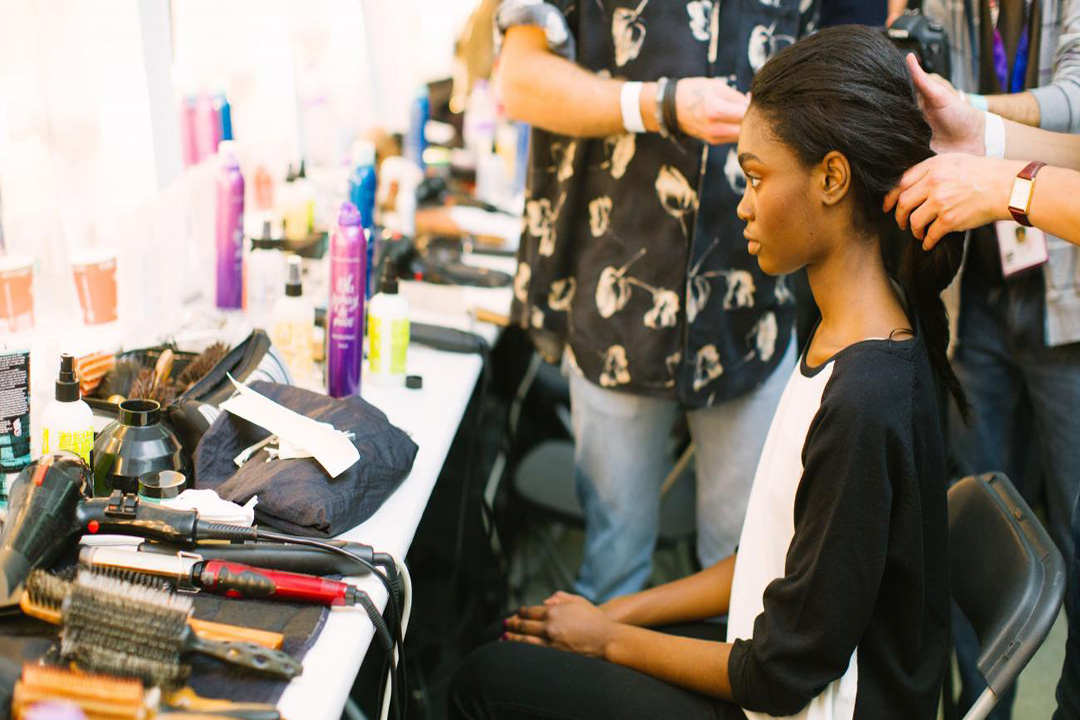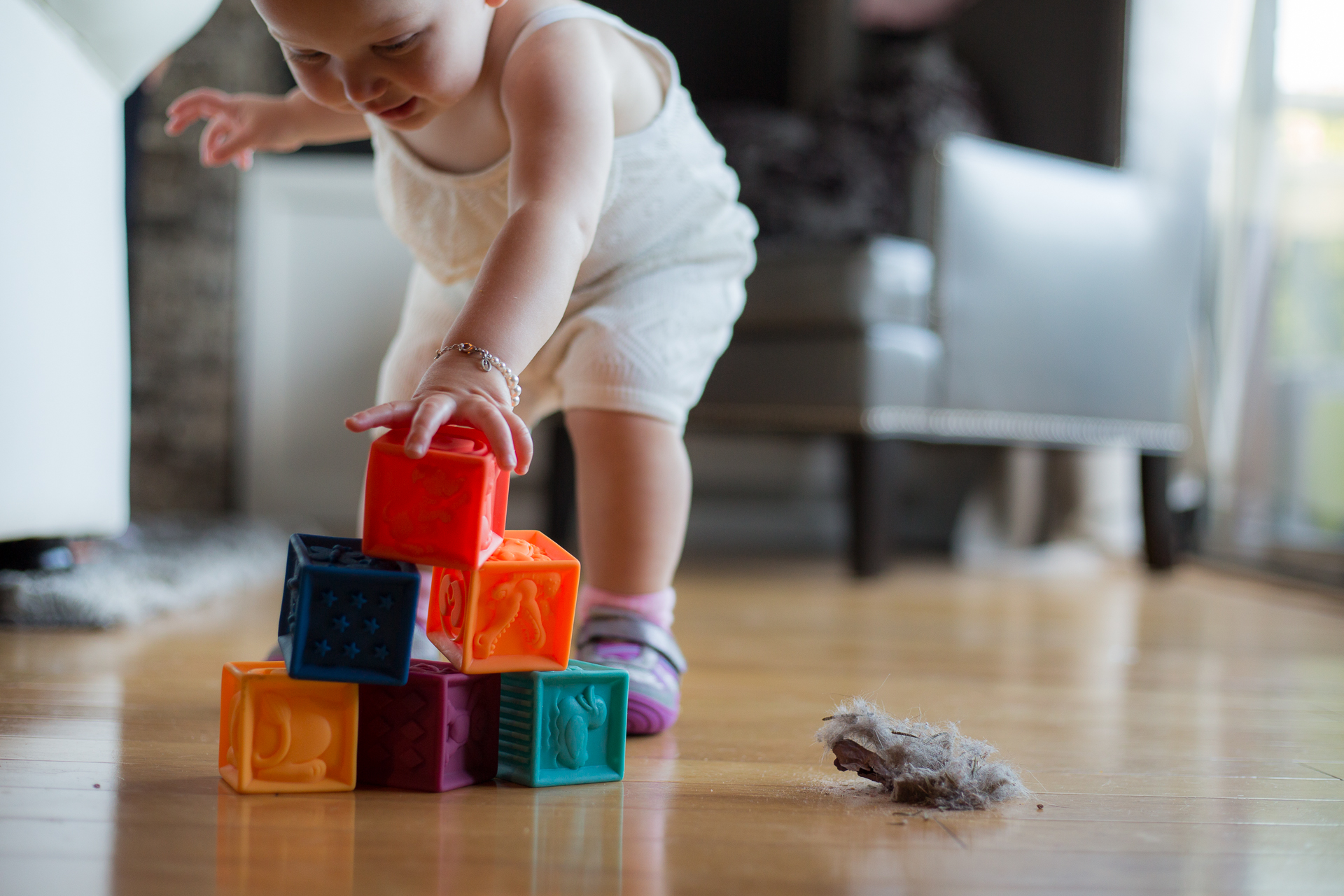Women of color have higher levels of beauty-product related chemicals in their bodies compared to white women, according to a commentary published by a Milken Institute School of Public Health researcher.
Even small exposures to these toxic chemicals can lead to health problems, according to the researcher.
Ami Zota, a GW assistant professor of environmental and occupational health, said reproductive health professionals must be prepared to counsel patients who have questions about chemical exposure. Health professionals can also promote policies that protect women from harmful chemicals in cosmetics and personal care products.
The beauty product industry is estimated to bring in more than $400 billion globally. Previous studies have documented that black, Latina and Asian-American women spend more on beauty products than the national average, often because of marketing practices that emphasize a European standard of beauty, said Dr. Zota and co-author Bhavna Shamasunder at the Occidental College in Los Angeles.
“Pressure to meet Western standards of beauty means black, Latina and Asian American women are using more beauty products and thus are exposed to higher levels of chemicals known to be harmful to health,” Dr. Zota said. “Beauty product use is a critical but underappreciated source of reproductive harm and environmental injustice.”
Women of color are more likely to buy products like skin lightening face cream, which often contain hidden ingredients such as topical steroids or the toxic metal mercury, Dr. Zota said.
Black women are known to suffer more anxiety about having “bad hair” and are twice as likely to experience social pressure to straighten their hair. Hair products like straighteners or relaxers are likely to contain estrogen and can trigger premature reproductive development in young girls and possibly uterine tumors, the commentary reports.
Studies also show beauty and personal care products contain multiple, hidden chemicals that are linked to endocrine, reproductive or developmental toxicity.
These chemicals can be particularly dangerous for women between ages 18 and 34, the authors said. Women in this age group are identified as heavy buyers and purchase more than 10 types of beauty products per year. These buyers and their children may experience heightened vulnerability to such chemicals, especially if exposure occurs during pregnancy.
Marketing efforts also have encouraged black women to use douching products with messages about uncleanliness and odors. A study done by Dr. Zota and colleagues in 2016 found in a national sample of reproductive age women, those who reported douching frequently, had 150 percent higher exposures to a harmful chemical known as DEP. This chemical, often found in fragranced beauty products, may cause birth defects in babies and has also been linked to health problems in women, Dr. Zota said.
At the same time, research suggests that low-income women of color are more likely to live in an environment with high levels of pollutants contaminating the air, soil and water. Women of color are not only heavy users of beauty products but may also be exposed to toxic chemicals simply by living in a more polluted home or neighborhood.
Health providers play an important role in prevention. They can advance environmental justice by being prepared to counsel their patients about the risks of exposures to hidden chemicals in beauty products. Health care providers and researchers should call for health protective policies such as improved testing and disclosure, Dr. Zota said.
This is a challenging public health problem that requires action on many different levels, Dr. Zota said.
“Women can empower themselves through education and make some behavior changes to reduce their use of products that may be hazardous to their health,” she said. “They can help advocate for safer cosmetics and more health-protective policies through consumer advocacy. Lastly, they can initiate conversations about beauty norms to help change the upstream factors that are driving product use.”
The commentary “The Environmental Injustice of Beauty: Framing Chemical Exposures from Beauty Products as a Health Disparities Concern,” was published Wednesday in the American Journal of Obstetrics and Gynecology. The work was supported by the Passport Foundation and the National Institute of Environmental Health Sciences.




